I recently dove into Emissary Zero by Rone Vine. In doing so, I experienced a co-op horror adventure with a unique twist. I approached the game as I do every new challenge—with speedrunning precision and analytical focus. As a result, I aimed to uncover every detail to optimize my playthrough. Below, I share my detailed review and honest insights that may help fellow gamers gain a competitive edge.
Overall Impressions
To start, Emissary Zero stands out with its mysterious setting and intense co-op gameplay. During my sessions, I explored a sprawling building with my friends in night mode. The game challenges us to understand its design and master its puzzles, which I appreciated for its ambition. That said, I noticed a few areas where it could improve. For instance, the mood sometimes feels inconsistent with the intended horror vibe. This blend of strengths and weaknesses is not unusual in co-op horror games. Yet, Emissary Zero still carves out its niche with memorable puzzles and atmospheric tension. Despite its odd local AI behavior and puzzle discrepancies mentioned by some players, the title redeems itself with originality and strategic depth.
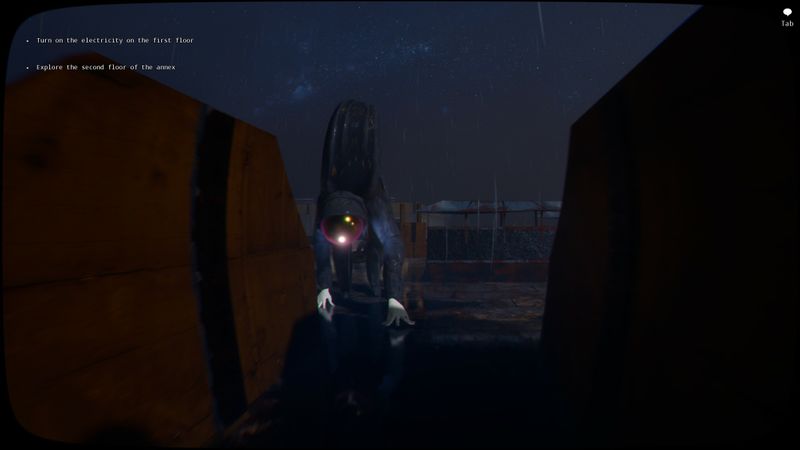
Gameplay Mechanics
The gameplay mechanics in Emissary Zero are engaging and varied. I found the controls responsive and well-tuned for speedrunning. In particular, the co-op aspect creates urgency and continuous action, which is ideal for anyone seeking efficiency. Each player has a role that contributes to the group’s success, and as a result, the exploration feels rewarding when every room becomes a puzzle that must be solved in record time. I especially enjoyed the seamless shifts between stealth and quick-paced action scenes.
Some players have commented on repetitive AI behavior, and indeed I noticed moments when enemy patterns became predictable. These instances allowed for faster completion times but occasionally undercut the horror element. One player mentioned that the AI feels silly at times and recommended frequent saves. That comment resonated with me as I looked for ways to improve my route during multiple runs. In one session, a well-planned sprint through the laboratory section saved me valuable seconds, despite the occasional gameplay hiccup.
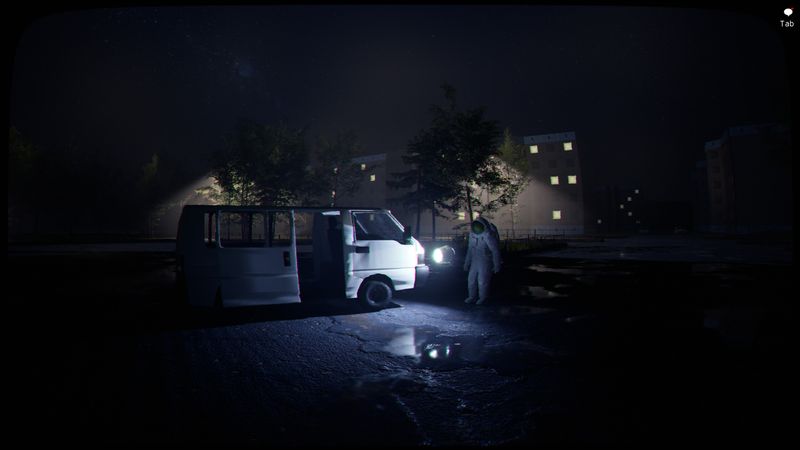
Story and Characters
On the narrative side, Emissary Zero offers a simple yet effective plot. I explore a mysterious building with an unclear agenda, and our main mission is to locate the Moon and return alive. The backstory creates a haze of intrigue that meshes well with the eerie tone. However, the characters remain somewhat underdeveloped. For example, I encountered a few non-playable characters (NPCs) that added minimal emotional weight to the mission. I believe future updates could enrich the lore and dialogue to help players feel more connected to their roles. That said, the world-building lays an intriguing foundation by hinting at a deeper mystery behind the building and its connections.
Even with its narrative brevity, Emissary Zero encourages players to deduce and speedrun their way to unveiling secrets. One review noted that it’s an experience few games of this type manage to emulate, which I found to be a striking endorsement of its experimental storytelling.
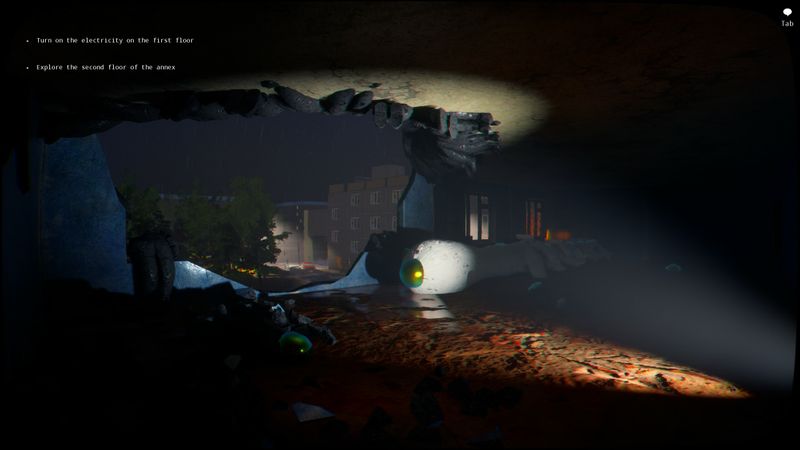
Visuals and Graphics
Visually, Emissary Zero contributes significantly to its eerie atmosphere. The lighting is used effectively to cast long shadows and create suspense. Additionally, the design of the building makes every corner feel mysterious. I witnessed striking contrasts between dark hallways and occasional bright bursts from emergency lighting. This variance enhances both the horror element and the practical requirements of a speedrunner. Precise visual cues become indispensable during timed runs.
Although the overall art style is impressive, some textures appear slightly dated in close-up views. Despite this minor flaw, the game balances artistic style with functionality. Detailed environments support rapid transitions and help players orient themselves quickly, which is vital for anyone aiming for optimal completion times.
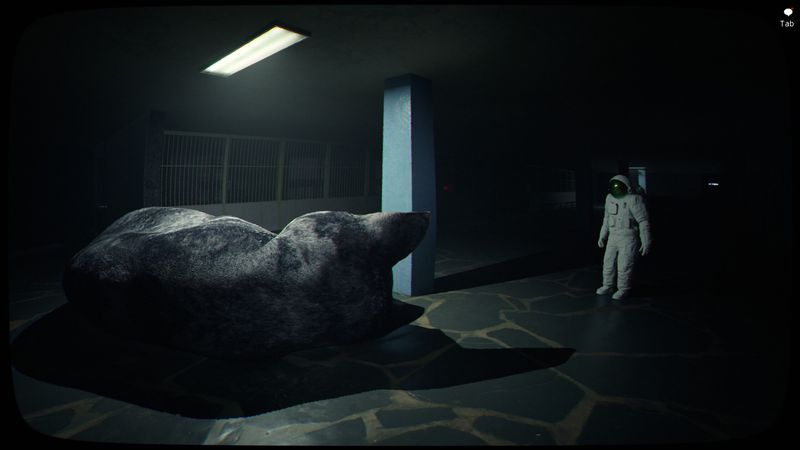
Sound and Music
The sound design in Emissary Zero is a mixed yet intriguing affair. I experienced eerie soundtracks that allow me to plan my next moves, while the music intensifies crucial moments and builds suspense effectively. Moreover, sound effects provide clear auditory cues that aid in navigation, so I often listened for audio hints while mapping out my speedrun paths. At times, the ambient sounds felt repetitive through multiple runs. Still, the well-timed orchestral swells during critical moments enhanced the horror experience. The voice acting is serviceable and helps breathe life into the minimal narrative. Overall, I appreciate how the soundscape supports both immersive play and strategic speedrunning—each cue seeming to signal either danger or opportunity.
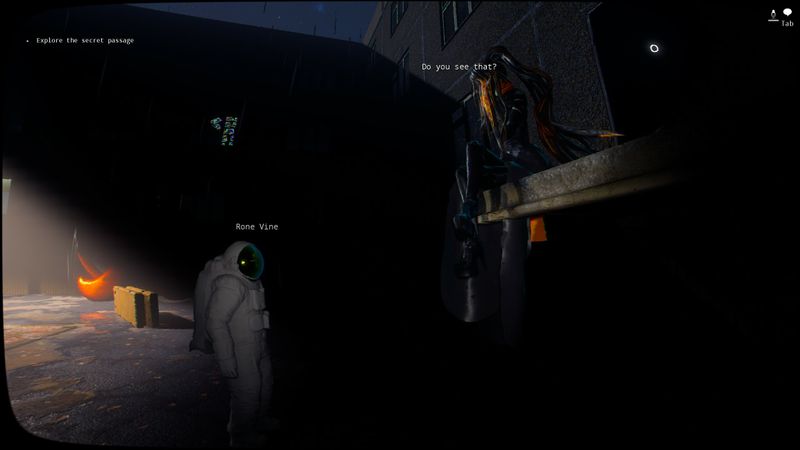
Difficulty and Replayability
Emissary Zero offers a well-balanced challenge that rewards both persistence and experimentation. Difficulty spikes in certain zones remain tough even after multiple runs. I particularly found the laboratory area to be a speedrunner’s nemesis and delight. One puzzling section required keen observation and swift problem-solving, so I refined my approach by carefully planning my route and adapting on the fly during time-critical segments. Frequent saves proved essential in managing unpredictable enemy behavior. The replayability factor cannot be overstressed. As a speedrunner, I relish games that allow me to improve my completion times. The game’s design encourages repeat attempts and perfecting strategies, which in turn motivates the community to discuss tactics and share tips online. Experimenting with various techniques also unlocked new paths and shortcuts, reinforcing a satisfying balance between challenge and accessibility.
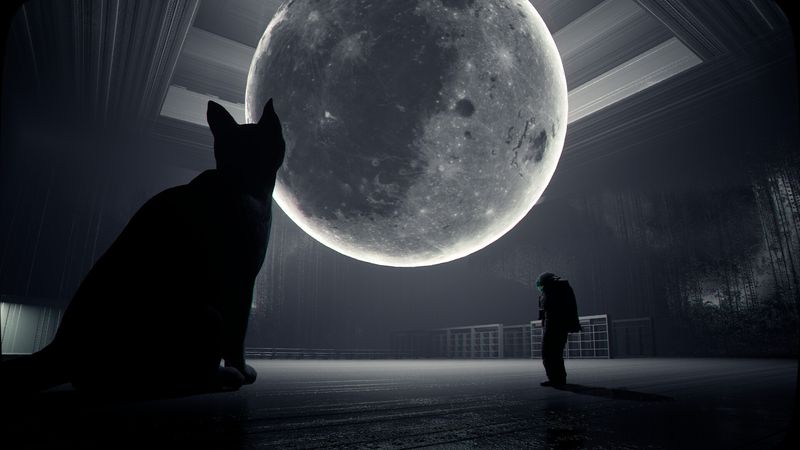
Behind the Scenes and Developer Trivia
A standout aspect of Emissary Zero is its creative origin. Developer Rone Vine produced this title with a small, agile team. I appreciate the passion they display for innovative game design. Rone Vine has previously released smaller indie titles that each show unique touches. In Emissary Zero, intentional design choices appear to support co-op dynamics and speedrunning tactics. Some community chatter references behind-the-scenes details that influenced the lab puzzle’s intricate design. The development team appears receptive to feedback. One enthusiastic player commented positively on the developer’s efforts. This attitude bodes well for future content updates. I expect that additional levels or narrative expansions will optimize both the speedrunner-friendly design and the horror experience.
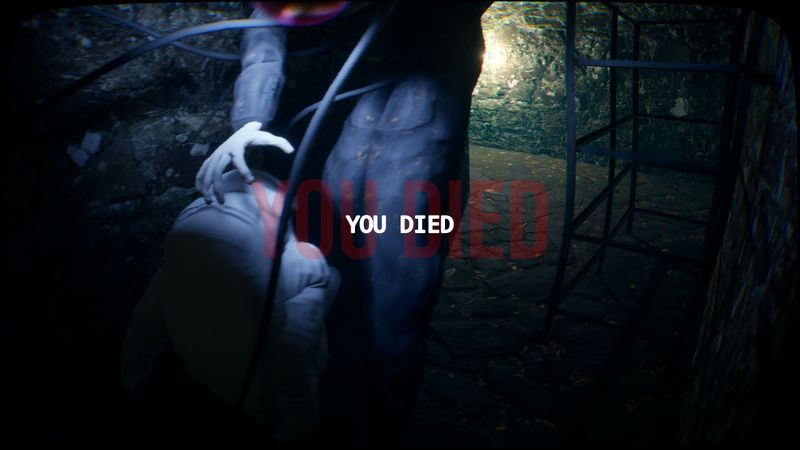
Final Thoughts
Emissary Zero remains a captivating experience with room for improvement. I appreciate how the game forces me to sharpen my skills with every run. I have developed several techniques to overcome its occasional mechanical hitches. The gameplay elements balance speedrunning strategies with genuine horror thrills. The narrative leaves space for expansion. This leaves the door open for future updates that may deepen the lore. The visuals are atmospheric, though slight graphical inconsistencies exist. The sound design supports my racing heartbeat and timed maneuvers with precision. Difficulty remains appropriately challenging. I view these aspects as opportunities to refine my approach. The game inspires community discussion and tips among speedrunners. Overall, it stands as an exciting title within the co-op horror genre.

I award Emissary Zero a solid 4 out of 5 stars. The game impresses with its inventive design and speedrunning potential. Minor issues, such as repetitive AI and underdeveloped characters, do not overshadow its merits. I encourage fellow gamers to embrace its challenges, optimize their strategies, and share their tactics within the community. As a speedrunner, I look forward to future updates that further refine this promising title. Emissary Zero is a testament to creative game design and remains a must-play for anyone seeking a unique co-op horror adventure.

